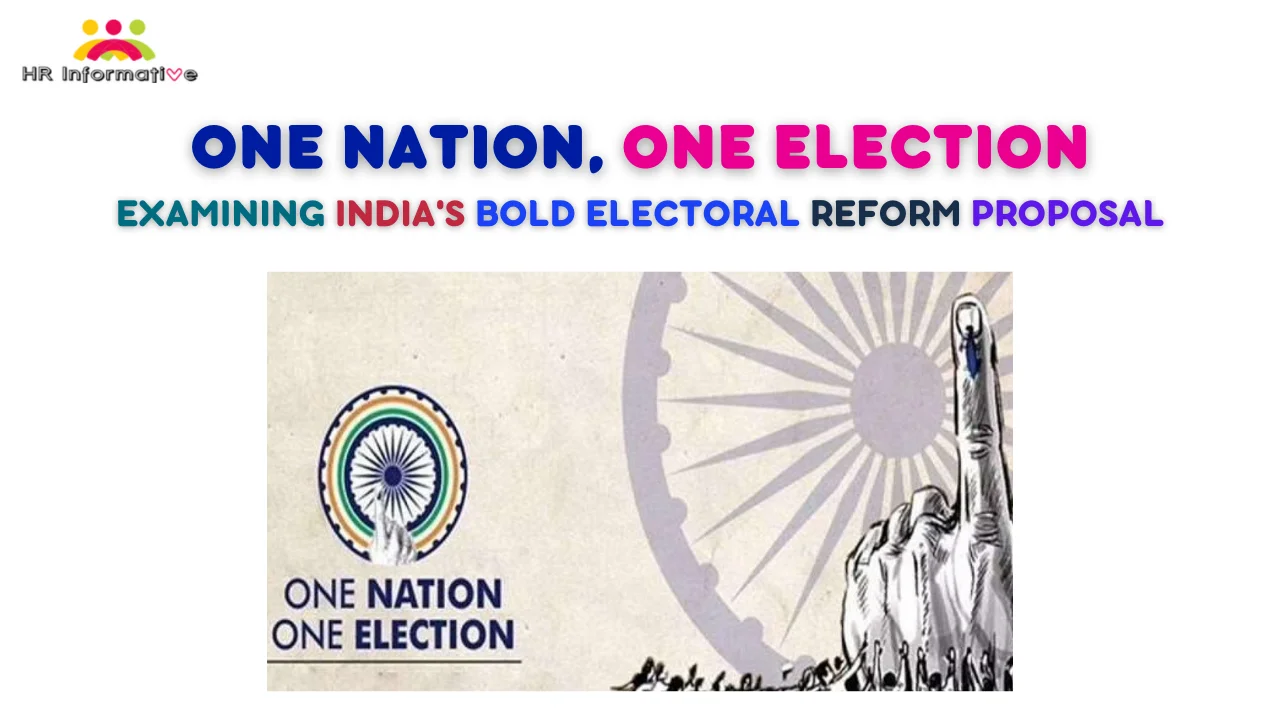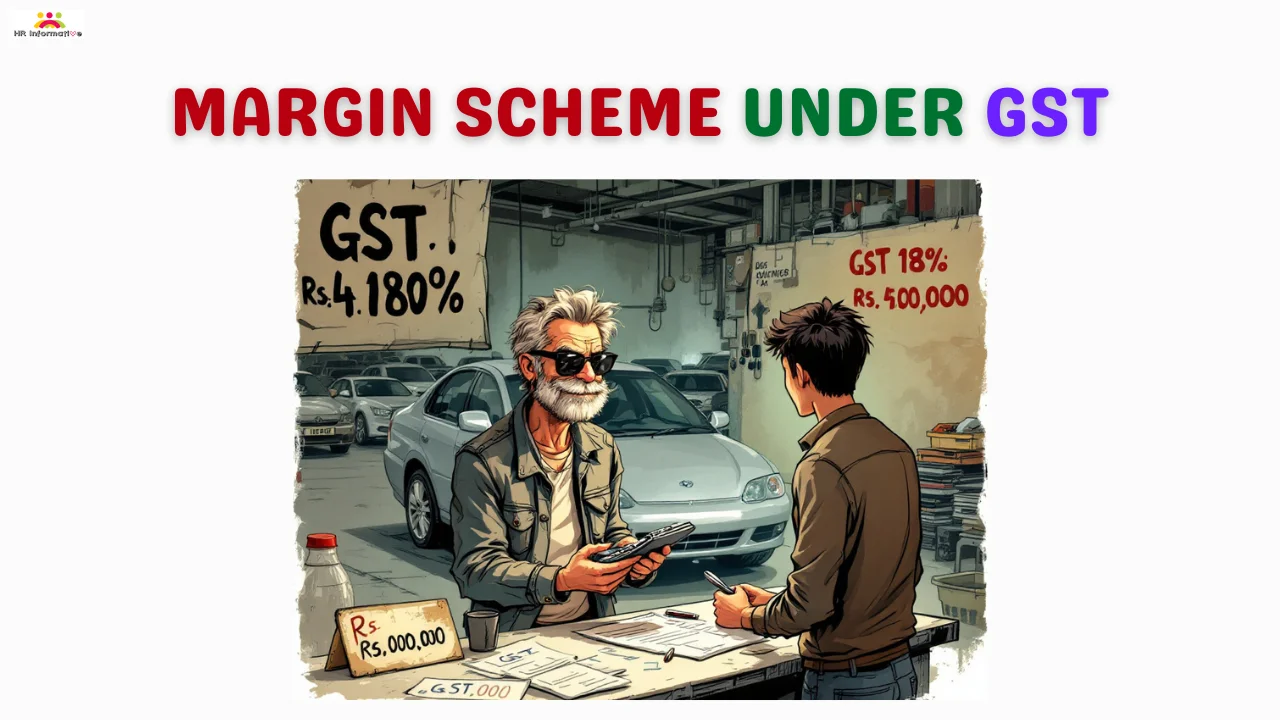In recent years, the concept of “One Nation, One Election” (ONOE) has gained significant attention in Indian politics. It is considered one of the critical reforms on the agenda of the central government. This idea, which aims to synchronize the timing of Lok Sabha and State Assembly elections across all states, has been discussed extensively. In this article, we will delve into the central idea behind ONOE, its potential benefits, the challenges it poses, and the way forward.
The Central Idea Behind One Nation, One Election
The primary objective of ONOE is to reduce the frequency of elections throughout the country by aligning the schedules of Lok Sabha and State Assembly elections. Interestingly, this was a common practice until 1967 when it was disrupted due to various reasons, including defections, dismissals, and government dissolutions.
The first break in this cycle occurred in 1959 when the Centre invoked Article 356 to dismiss the government of Kerala. Subsequently, due to political defections and counter-defections, several Legislative Assemblies dissolved post-1960, leading to separate polls for Lok Sabha and State Assemblies.
Currently, some states like Arunachal Pradesh, Sikkim, Andhra Pradesh, and Odisha hold their assembly polls simultaneously with the Lok Sabha elections. The concept of simultaneous elections was first advocated in 1999 by the Law Commission, headed by BP Jeevan Reddy.
Benefits of One Nation, One Election
The benefits of implementing One Nation, One Election include:
- Focused Governance: ONOE would allow the government to concentrate on governance after elections. With frequent elections occurring every few months, the entire nation’s attention becomes fixated on the electoral process. This diversion can lead to a virtual paralysis of administration at various levels, hampering India’s growth prospects.
- Continuity in Policy Decisions: The Model Code of Conduct (MCC) comes into play once elections are announced by the Election Commission. During this period, no new policy decisions can be made. Therefore, important policy matters are often delayed, affecting both the central and state governments.
- Reduced Cost of Elections: Frequent elections result in significant political expenses. Political parties have to raise substantial funds for each election, and the public and business community often face pressure for election donations. Holding simultaneous elections can substantially reduce election expenses for parties and the Election Commission.
- Reduced Deployment of Security Forces: Conducting elections peacefully requires a substantial deployment of police personnel and paramilitary forces. Simultaneous elections would curtail such deployments, reducing costs and allowing law enforcement personnel to focus on their primary duties.
- End of Horse Trading: Fixed election periods could make it harder for elected representatives to engage in horse trading or party-switching for personal gain, thereby enhancing stability in government.
- Improved State Finances: Frequent elections compel governments to announce freebies to woo voters. This puts a strain on state finances. ONOE could lead to better fiscal management by reducing the frequency of elections.
Challenges Associated with One Nation, One Election
The following are the challenges associated with One Nation, One Election:
- Feasibility: The Constitution stipulates that Lok Sabha and State Assemblies have a five-year tenure unless dissolved earlier. This raises questions about what happens if a government collapses mid-tenure.
- Logistical Challenges: Managing the logistics of conducting simultaneous elections, including electronic voting machines and security personnel, poses significant challenges.
- Federalism: ONOE may conflict with the federal structure of India, which is a union of states, as defined in Article 1 of the Constitution.
- Legal Challenges: Amendments to the Constitution, the Representation of the People Act 1951, and the Rules of Procedure of Lok Sabha and State Assemblies are required for ONOE, which may not be easy to achieve.
- Overshadowing Regional Interests: Simultaneous elections may undermine regional issues and demands, as they tend to merge with national concerns.
- Cost-Effectiveness: While ONOE may save money in the long run, it requires significant initial investment in infrastructure.
- Election Expenses: Some economic research suggests that election spending benefits the economy, and reducing election frequency may have unintended economic consequences.
The Way Forward for One Nation, One Election
To move forward with ONOE, several critical steps need to be taken:
- Consensus Building: Political parties and states must come together to discuss the feasibility and necessity of ONOE through dialogue and consultation.
- Legal Framework: Amendments to the Constitution, the Representation of the People Act 1951, and the Rules of Procedure of Lok Sabha and State Assemblies are essential.
- Infrastructure Investment: Significant investments in infrastructure and technology are required, including electronic voting machines and polling booths.
- Electoral Cycle Alignment: The electoral cycles of Lok Sabha and State Assemblies may need adjustment through constitutional amendments.
- Awareness Campaign: Voters need to be educated about the benefits and challenges of ONOE to ensure smooth implementation.
Conclusion
In conclusion, the implementation of One Nation, One Election should not be rushed. It requires careful consideration, dialogue, and legal amendments. India must collectively decide whether this reform aligns with its democratic principles and goals.
FAQs – One Nation, One Election
Q: Is One Nation, One Election a new concept in India?
Ans: No, it was a common practice until 1967 when it was disrupted due to various reasons.
Q: How can simultaneous elections benefit India’s governance?
Ans: Simultaneous elections can lead to focused governance, continuity in policy decisions, and reduced election costs.
Q: What are the constitutional challenges of implementing ONOE?
Ans: ONOE requires amendments to the Constitution, which necessitates a two-thirds majority in both houses of Parliament and ratification by at least half of the states.
Q: Will ONOE undermine regional interests?
Ans: There is a concern that simultaneous elections may overshadow regional issues, as they tend to merge with national concerns.
Q: Is ONOE cost-effective in the long run?
Ans: While it may save money over time, initial infrastructure investments are substantial, and short-term costs may increase.
You May Read Also :
- Annapurna Food Packet Scheme 2023: Providing Food Security to the Poor in Rajasthan
- Pradhan Mantri Kisan Samman Nidhi (PM-Kisan) Objective, Features, Eligibility, Online Registration 2023, 14th Installment Released
- Mukhyamantri Chiranjeevi Shramik Sambal Yojana Rajasthan 2023
- Rajasthan SSO Portal 2023: A Comprehensive Guide to Login and SSO ID Registration
- PMKVY Scheme 2023: Imparting Skill Training for Youth Development in India



